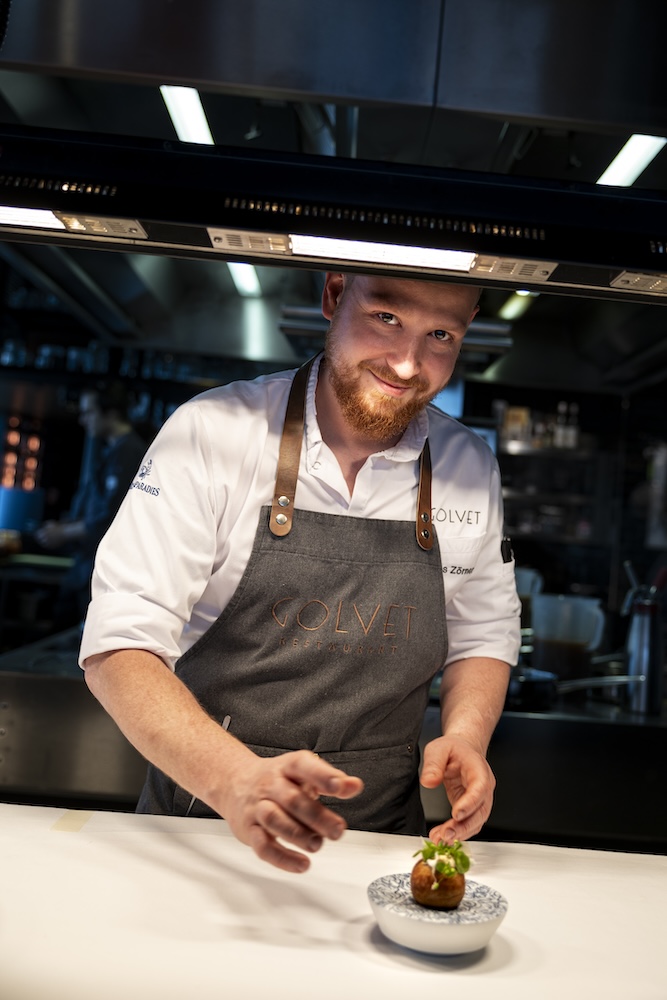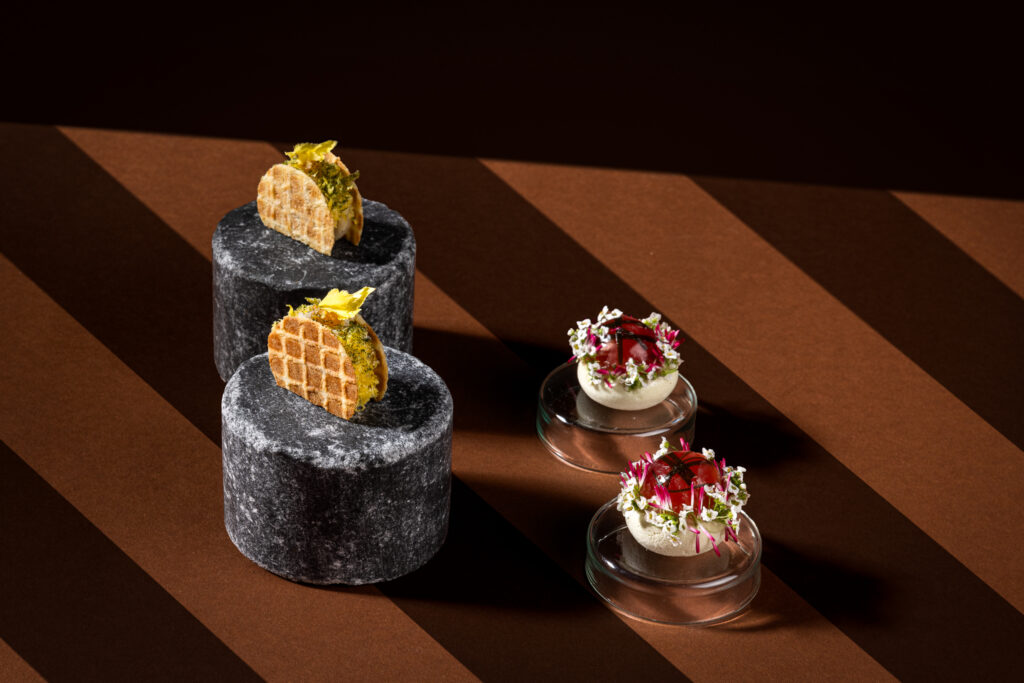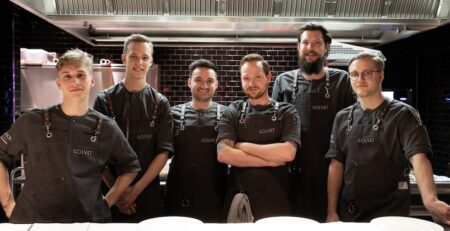The MICHELIN Guide and Its Stars: An Overview
Recently, our restaurant successfully defended the highly coveted MICHELIN star. For several years, GOLVET has been featured in the MICHELIN Guide, where not only the creative, refined cuisine by Executive Chef Jonas Zörner is praised, but also the remarkable wine list, magnificent view, and vegetarian menu receive recognition.
This award delights us greatly, as it is the result of our consistent commitment to outstanding quality and creative innovation. But where does the legendary star come from and how is it actually awarded? We answer the most important questions.

What is a MICHELIN star and where does it come from?
The MICHELIN star is an award that serves as an international standard for outstanding cuisine. Originally, the tire manufacturer MICHELIN conceived the small red booklet for motorists to provide them with roadmaps and useful tips
Today, the MICHELIN Guide is considered the ultimate restaurant guide, and its star system traces back to the beginnings of the guide: One star signifies “a very good kitchen, worth a stop,” two stars indicate “excellent cuisine: worth a detour,” and three stars signify “exceptional cuisine: worth a special journey.”
How and how often are MICHELIN stars awarded?
The MICHELIN stars are awarded annually. The basis for this is the so-called “star conferences,” which take place several times a year. The international director of the MICHELIN Guide, the editor-in-chief of the respective country, and all participating inspectors come together for these conferences.
The awards are given unanimously. In case of disagreements, additional test meals are organized until a consensus is reached. In addition to searching for new stars, existing starred restaurants are continuously reevaluated to ensure that the same high level is consistently maintained.
What criteria must a restaurant meet to be considered for a star?
The evaluation is based on five universal criteria: the best product quality, the expertise of the chefs, the originality of the dishes, and consistency, both over time and across the entire menu. While guest comfort is also important in the respective establishments, the primary focus is on what is offered on the plate.
How does a test meal work and how often do inspectors eat at a restaurant before it receives a star?
In short: as often as necessary. Since consistency is of central importance, different inspectors visit the restaurants at different times and in different setups: sometimes for lunch, sometimes for dinner, sometimes on weekends, and sometimes during the week.
Inspectors may visit the establishment alone or in pairs or as a group. They try to sample as many different dishes as possible throughout the year. Only in this way do the evaluators gain a complete picture of the respective cuisine.

How does one become a MICHELIN inspector?
The hiring process occurs in two stages: First, there are a series of interviews to discuss the requirements of the profession. In the next step, the taste of the potential candidates is tested during restaurant visits. These visits encompass a wide range of restaurants, from simple bistros to renowned starred kitchens. If one’s taste impresses during these visits, there is nothing standing in the way of employment.
In the first six months, newly hired inspectors are assigned to experienced colleagues. This allows for shared experiences, as the profession primarily relies on this. A precise value scale is formed from dish to dish, based on a collection of taste profiles.
What is the daily life of a MICHELIN inspector like?
On average, an inspector travels 30,000 km per year, spends 160 nights in hotels, and eats at restaurants 250 times. However, restaurant visits are only a small part of the job. Every year, inspectors are assigned a new region. Some restaurants open anew, others close, and many need to be reevaluated… The work of inspectors mainly consists of research to keep the respective restaurant scene up to date.
How international is the MICHELIN Guide, and can the quality vary from country to country?
The MICHELIN star is considered a worldwide reference for outstanding cuisine. To ensure that the quality is consistently high in every country, all inspectors work around the world. This exposes them to a vast variety of restaurants, where they can gain experiences. By applying the same standards and judging by the same criteria, all inspectors give the MICHELIN star the same value everywhere.
For more information on how GOLVET is listed in the MICHELIN Guide, click here.


